山东清越节能科技有限公司
Shandong clear energy technology Co. Ltd.
国内环保设备品牌
节能设备专家,拥有多项国家专利
全国服务热线:
0531-55555478
CLEAR ENERGY
真空干燥循环时间取决于哪些因素
来源:https://www.sdqyjn.com/ 日期:2021-05-19 浏览量:0
TAG:山东制氮机,山东干燥机,山东螺杆鼓风机,山东空压机,山东自动排水器
除产品特性外,真空干燥循环时间取决于以下关键因素:
In addition to product characteristics, the vacuum drying cycle time depends on the following key factors:
1.压力:真空干燥器中的压力范围从几毫巴到几百毫巴,用于蒸发诸如甲醇,丙酮的溶剂;作为一般规则,通过使蒸汽首先通过表面冷凝器然后通过真空泵来产生真空是较经济的。这样,只有很小的流量进入真空泵。在相同温度下,大多数有机溶剂的蒸汽压高于水。因此在一定的真空下,大多数有机溶剂的蒸发温度较低。
1. Pressure: the pressure range of vacuum dryer is from several millibars to several hundred millibars, which is used to evaporate solvents such as methanol and acetone; As a general rule, it is more economical to create a vacuum by passing the steam first through the surface condenser and then through the vacuum pump. In this way, only a small amount of flow enters the vacuum pump. At the same temperature, the vapor pressure of most organic solvents is higher than that of water. Therefore, in a certain vacuum, the evaporation temperature of most organic solvents is low.
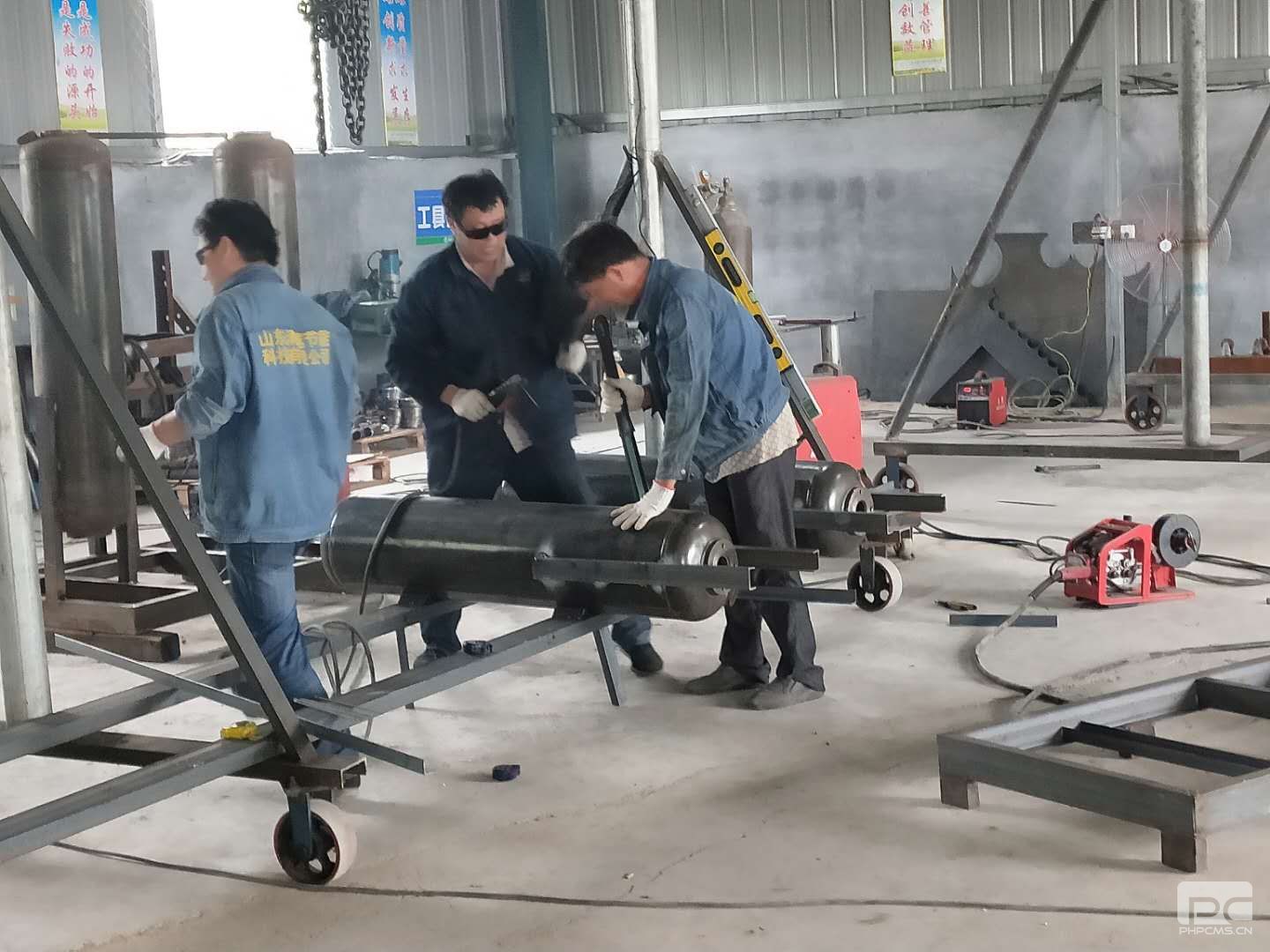
2.温度:干燥器壁的温度取决于固体允许的^大允许温度。当壁温低于100时,水循环加热系统通常是较经济的
2. Temperature: the temperature of dryer wall depends on the allowable temperature of solid. When the wall temperature is below 100, the water circulation heating system is usually more economical
3.表面积:在锥形干燥器中,加热壁的表面积小于体积的比例,因此在较小的干燥器中干燥时间变短。
3. Surface area: in the conical dryer, the surface area of the heating wall is less than the volume ratio, so the drying time becomes shorter in the smaller dryer.
4.热传递系数:传热系数是取决于产品的参数。湿产品的传热系数比干材料高4到6倍。对于干燥产品,传热系数为25-30W/m2/℃。由于除水以外的溶剂需要较少的输入热来蒸发,因此这些溶剂的干燥能力可以高得多。例如,乙醇或甲醇代替水的蒸发能力是其两倍。使用丙酮和乙酸乙酯,蒸发量甚至会高出4倍。
4. Heat transfer coefficient: the heat transfer coefficient depends on the product parameters. The heat transfer coefficient of wet products is four to six times higher than that of dry materials. For dry products, the heat transfer coefficient is 25-30w / m2 / ℃. Since solvents other than water require less input heat to evaporate, the drying capacity of these solvents can be much higher. For example, ethanol or methanol has twice the evaporation capacity of water. Using acetone and ethyl acetate, the evaporation is even four times higher.
上一篇:空压机在打地热井洗井中的应用
下一篇:风镐气铲使用时空压机的作用
相关新闻



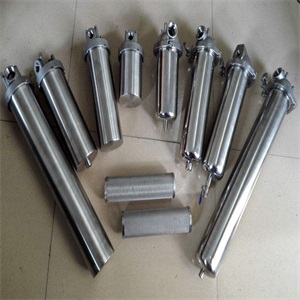
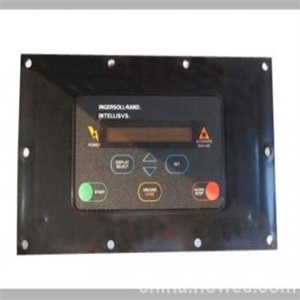
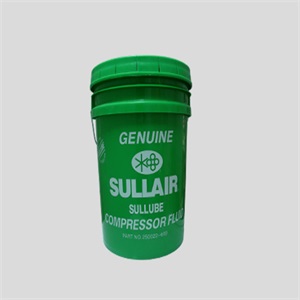
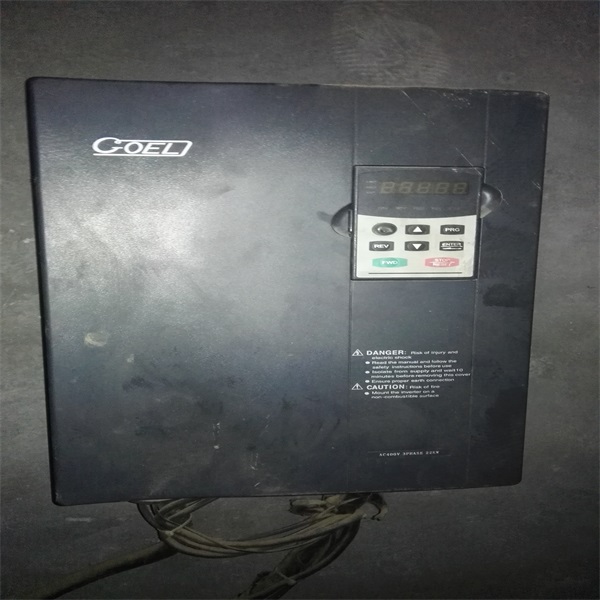
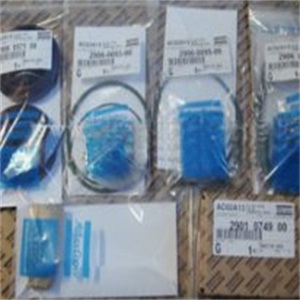
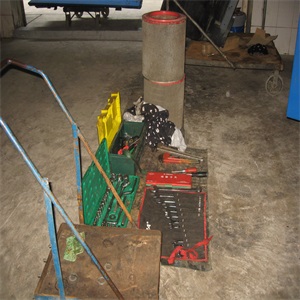
 鲁公网安备 37010402001146号
鲁公网安备 37010402001146号